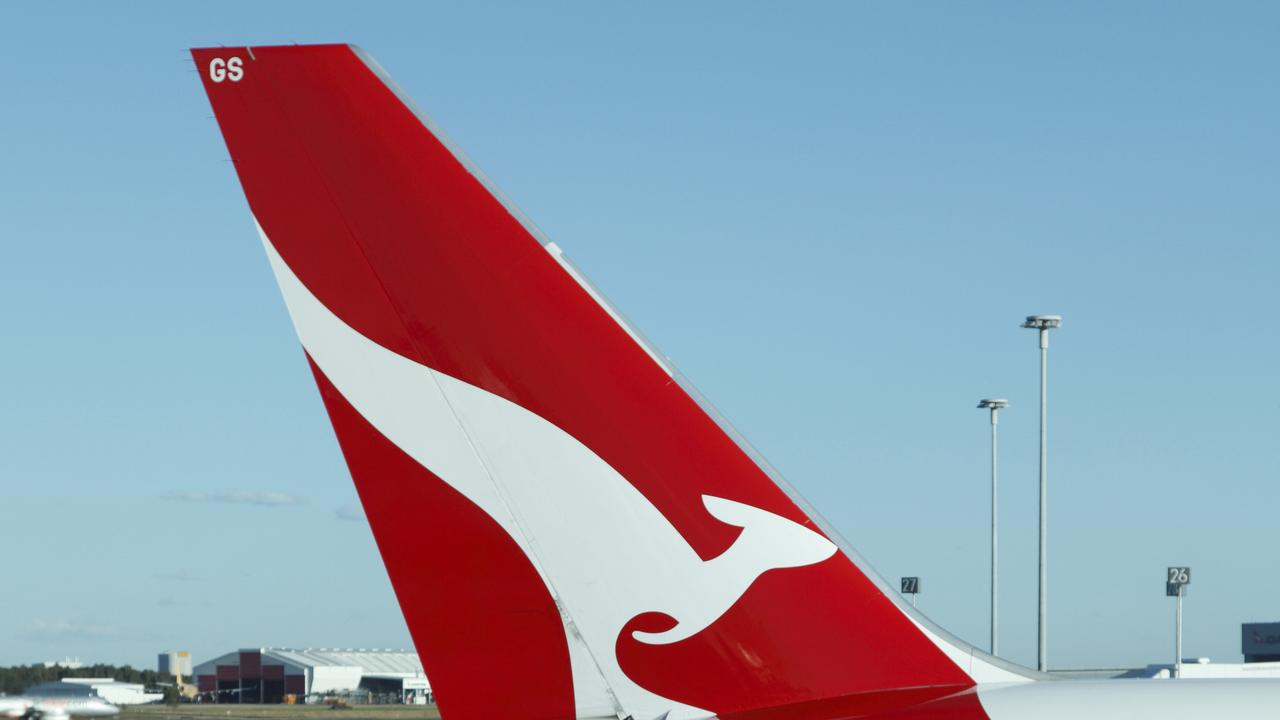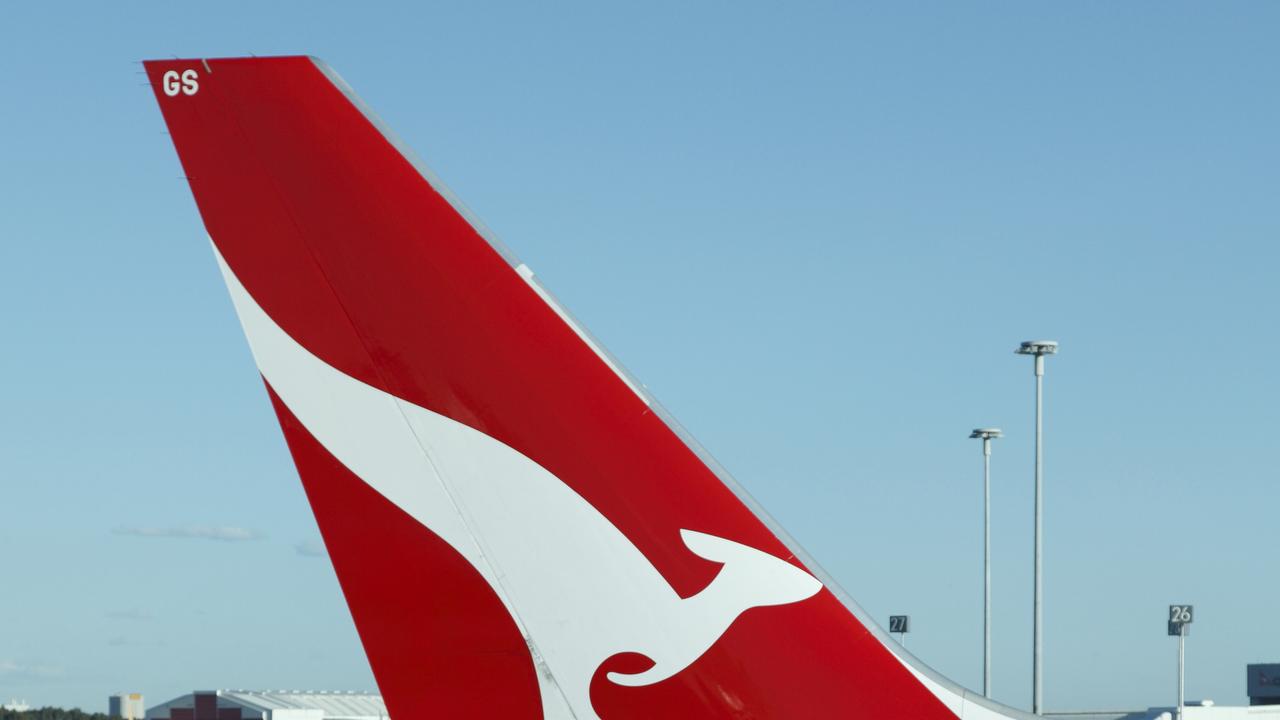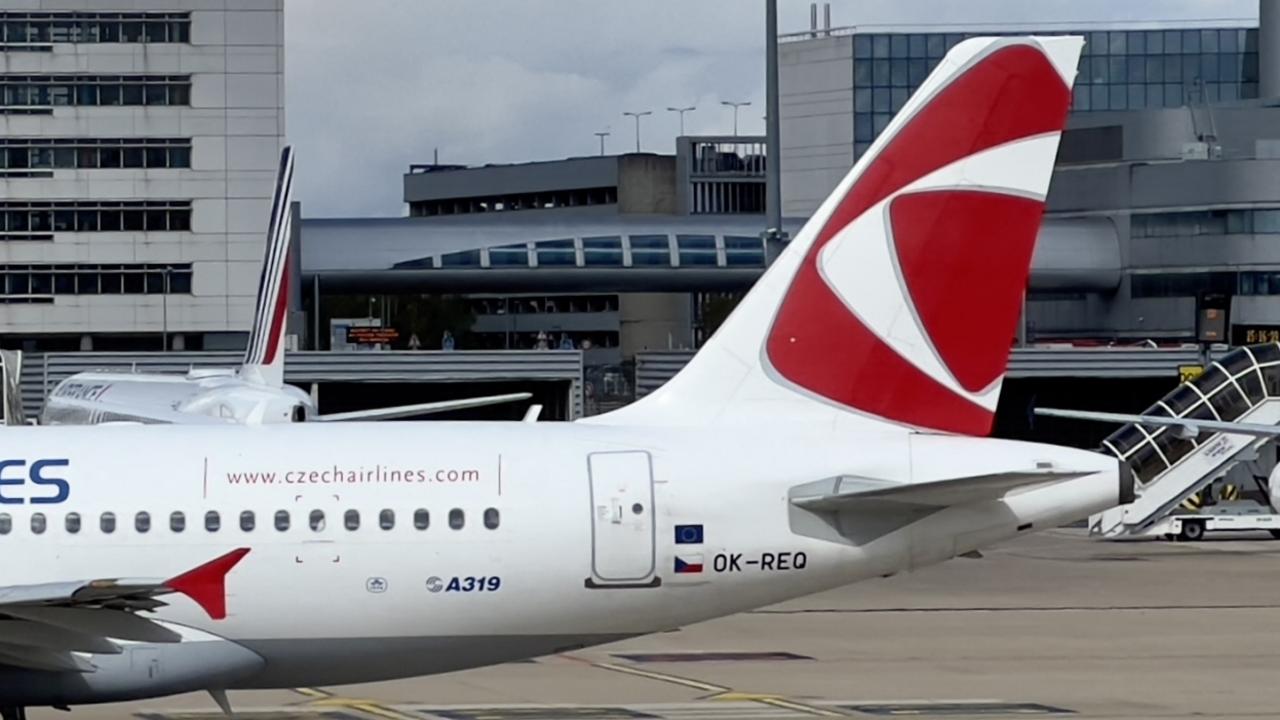Flying myths: The truth revealed
FACT or fiction? You shouldn’t drink the water and pilots fall asleep mid-flight ... the truth behind flying myths revealed.
LAST week, Qantas and Virgin Australia began allowing passengers to use electronic devices during flights. This quickly put to rest the myth that turning on your phone and playing a game would cause the plane to nosedive into the Atlantic or some surrounding mountain.
“I could have told you that was just a myth,” says one flight attendant who wished to remain anonymous. “If you were to randomly open the cockpit door during a flight you’d see the pilots watching movies and using their computers.”
Really, now? It got us wondering about the all the other urban legends that are out there. In an old-school game of Fact or Fiction, we are debunking these fables. Hopefully, this makes your next flight more enjoyable.
You can get stuck in a plane toilet while sitting down: Fact
“This is true,” says Ro Cohen, who served as a flight attendant for United for almost 47 years. “A few years back a woman was sitting on the toilet when she flushed and her behind got sealed to the seat. She had to land in the bathroom!”
Word to the wise: stand, shut the cover, then flush.

You should never drink the water on a plane: Fact
According to one flight attendant, who didn’t want to be named, you shouldn’t drink the water, let alone touch it. Why? The ports where foecal matter is flushed sits adjacent to the ports where the “drinkable” water is refilled — and they are often serviced at the same time.
In 2002, the Wall Street Journal conducted a test of tap water from 14 different flights. It found bacteria was sometimes “hundreds of times above the U.S. government limits.”
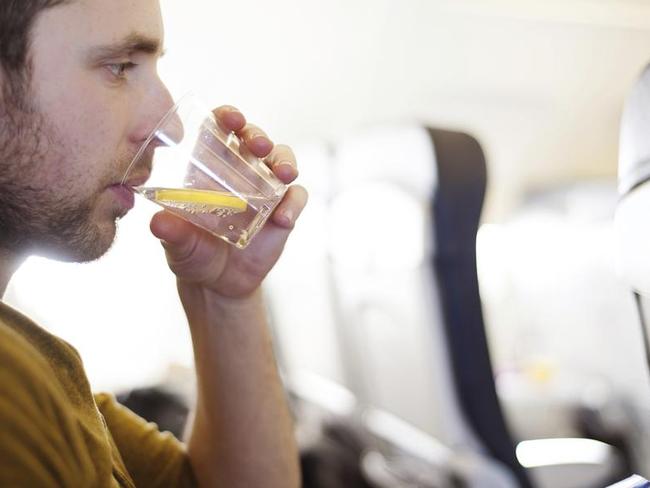
The air on the plane is filled with germs and engine fuel: Fact
Let’s just start by saying that the air you breathe on a plane comes from the engine’s compressors. According to Boeing’s website, the compressors help to warm and pressurise air from the outside of the plane, then circulate it inside the cabin.
That makes up about 25-50 per cent of what you breathe. The rest comes from passengers. So, if someone has a cold, those germs ARE circulating. To avoid getting sick, shut off the air that blows directly down on you.
The tray tables are Petri dishes of germs: Fact
The tray tables are rarely washed or sanitised. “I never saw them cleaned,” says one flight attendant who talked to us off the record.
“I’ve seen people who would go to the bathroom barefoot, then put their feet up on the tray tables. I’ve even seen people put soiled baby nappies on them — and then someone eats off of it on the next flight. I wouldn’t eat off one of them — that’s for sure.”
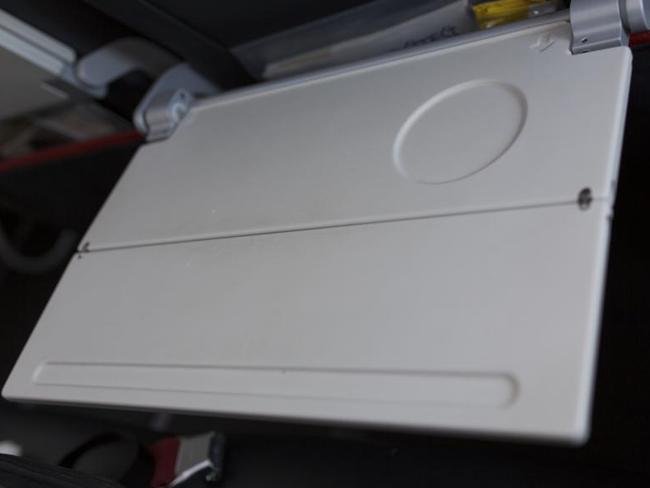
Opening the door while the plane is flying could lead to everyone being sucked out: Fiction
The fact is, cabins are pressurised — so you can’t open the doors during a flight. Plus, they weigh a tonne. Well, not exactly a tonne, but 18 kilograms. Try opening up a door going 480 kilometres per hour. Won’t happen. Of course, if there was some sort of emergency, the plane comes equipped with one interesting feature: grab handles.
According to George Hobica, founder of airfarewatchdog.com, these handles are located by the door, just inside the plane, and can be grabbed onto to “prevent flight attendants from being pushed out of the plane by panicked passengers.”
Severe weather can cause the plane to break up or crash: Fiction
While it sounds plausible, it just isn’t. And thank goodness for that. “Planes are constructed to withstand terrible turbulence and drop hundreds of kilometres and still be okay. It can even endure lightening strikes.
“I was on a flight that got hit by lightening,” says Cohen. “I felt a quick jolt, and when I got off I could see the dent where it hit the plane — but it never penetrated the fuselage.”
Lightening would have to take out both engines or start an extreme fire for it to cause a plane to crash.

The blankets are not washed — just refolded: Fiction
There’s good news — and bad news. The good news? “Most U.S. airlines don’t have blankets in economy but only in first class, and they are cleaned,” says Hobica. Contrary to popular belief, blankets are washed after each flight then resealed in fresh plastic bags.
Air Marshals are on every flight: Fiction
Just last week, United Flight 1462 travelling from New York to Denver was forced to land halfway to its destination after two passengers began to argue. The fight began when a male passenger used the $22 “Knee Defender,” a gadget that stops the seat in front from reclining, so he could work on his laptop. When asked by both the female passenger in that seat and a flight attendant to remove the device, he refused — resulting in a cup of water being thrown in his face.
Surprisingly, there were four air marshals on that flight — and none of the passengers knew about it. Why? “That could have been a diversion,” says an attendant who talked to us off the record. “The sole job of an air marshal is to protect the cockpit and the plane.” So who decides what flights these law-enforcers fly on? That remains a closely guarded secret.
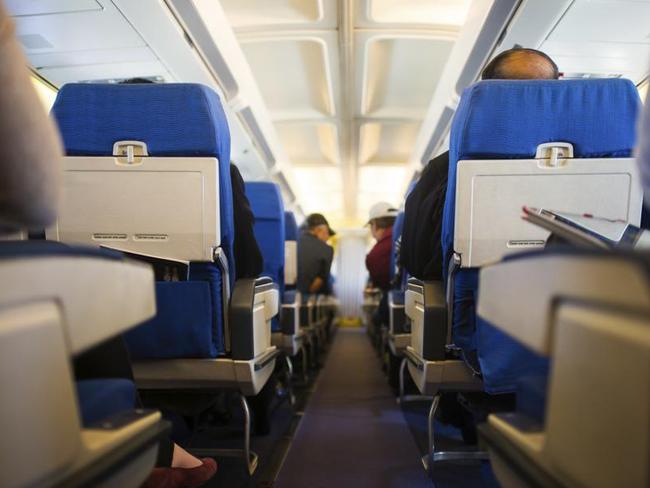
Pets stored in cargo areas can — and do — die: Fact
In March, a black-and-white cat named Molly died on an American Airlines flight. She was found lying on her side and unresponsive during the second stop of the flight. This isn’t the first — or last — time a pet has died from heat exhaustion while flying.
“Pets are kept in pressurised, climate controlled areas in the lower level by where the luggage is stored,” says Cohen. “But most horror stories happen during layovers when the air is turned off in the plane. It gets really hot — and that’s when most pets die.”
The lesson here: travelling with your pet might not be worth the risk. But if you have to, book a direct flight.

Brace conspiracy theories are correct: Fiction
Some conspiracy theorists state that the brace position helps break passengers necks so they die faster or preserves teeth to help with dental identification in case of deaths. “That’s silly,” says Hobica. “The brace position is to prevent whiplash in a crash.”
Dim lights prepare you for evacuation, not sleep: Fact
While everyone sleeps more soundly in soft light, that isn’t the reason the interior lights get dimmed during night landings. “It’s to make the light similar to outside,” says Cohen. “In case of evacuation everyone’s vision is already adjusted to the darkness.”
Bathrooms can be unlocked from the outside: Fact
Crazy things often happen in aeroplane bathrooms. Just ask anyone in the Mile High Club — or a hijacker. For that reason, the bathroom door was designed to open from both sides.
“It’s the same latch you use to close the door from the inside,” says Cohen. “It can be used to open the door from the aisle side, too.”
You can be upgraded to first class after takeoff: Fact (sort of)
Unless you have miles to trade for the roomier seat, it is rare. “It’s really only done for someone who is ill, like someone travelling with oxygen, who needs more space,” says Cohen. “Plus, seats in first class and business are normally not available because of mile upgrades.”
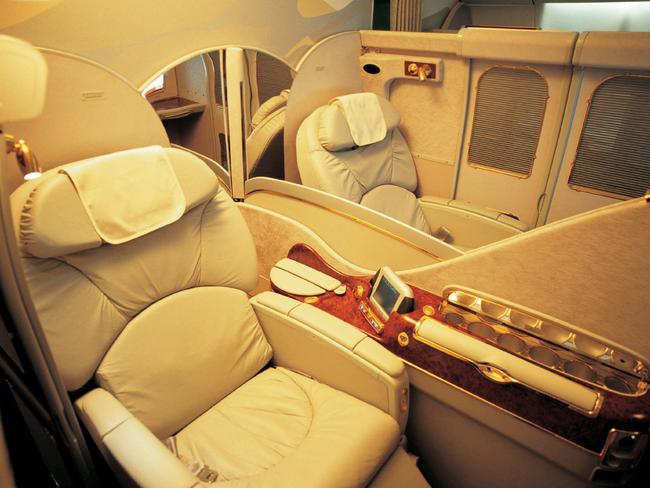
Pilots fall asleep while flying: Fact
On long, international flights, pilots are actually required to take rest periods. During this time, the copilot flies the plane. That is, of course, the ideal situation.
But according to a 2012 survey from the European Cockpit Association, four in 10 pilots admit they have fallen asleep “involuntarily” during flights. And in a third of those cases, they have awoken to find the copilot asleep as well.
That was the case earlier this month, when a Brussels-bound Jet Airways plane dropped 1500 metres when both pilots dozed off mid-flight.
Oxygen masks only give you about 15 minutes of air: Fact
In emergency situations, you have only 10-15 seconds before all the oxygen is sucked out of the cabin and your lungs. After 40 seconds you pass out. So, in theory, 15 minutes is a long time. Plus, that’s generally more than enough time for a pilot to bring the plane down to an altitude where you can breath normally.
And for those wondering: oxygen masks don’t get you high. You need to go to the dentist for that. But one flight attendant did reveal, “We (pilots and flight attendants) would use the oxygen to help if we were hung over.”
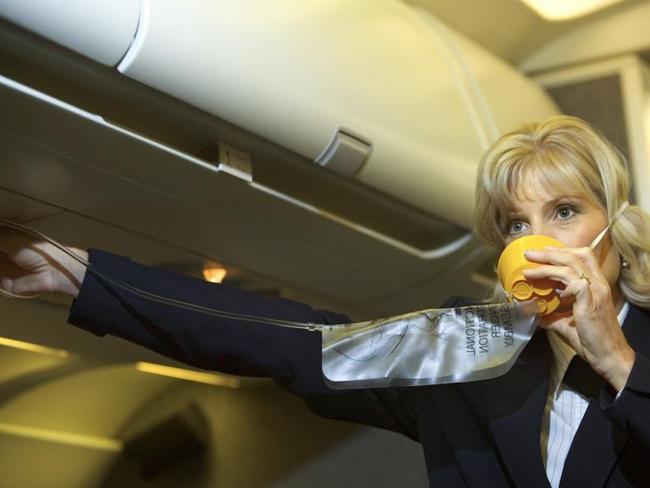
Pilots are required to eat different meals: Fact
Talk about food safety. Certain airlines insist that the pilot and the copilot are served separate meals on international flights — in case the food is poisoned or they get food poisoning. While not an industry rule, it is a smart one, nonetheless.
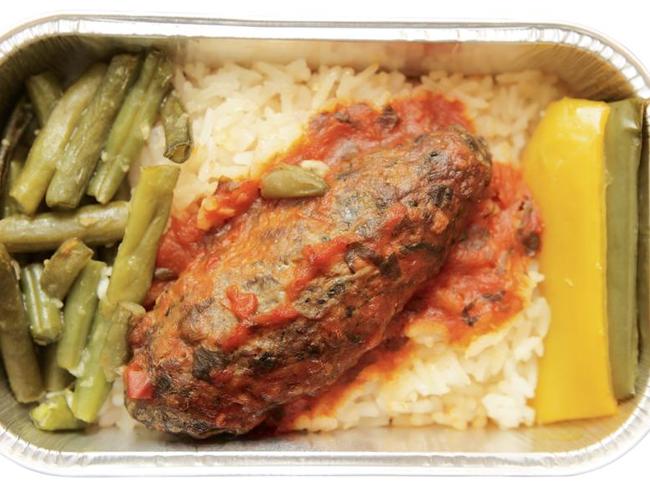
This article originally appeared on Yahoo Travel.

